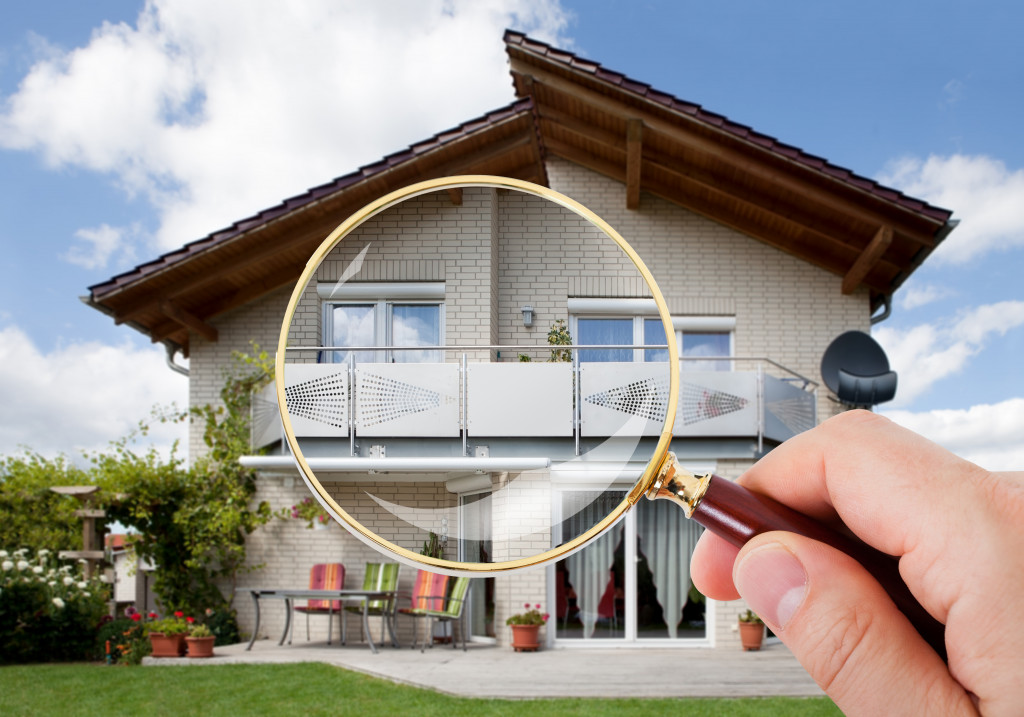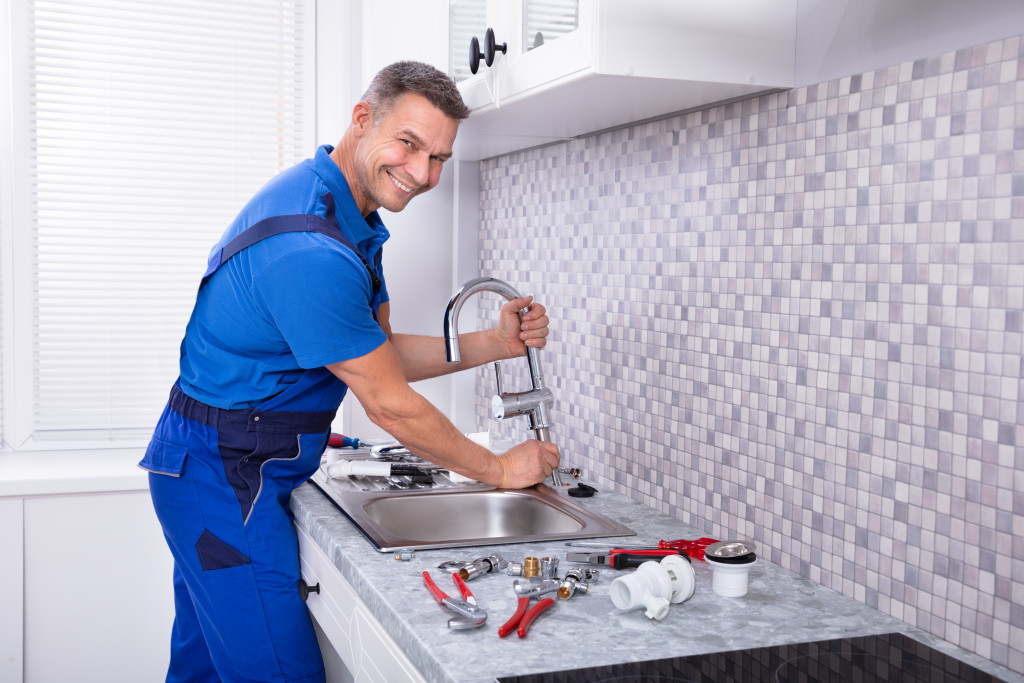- Typhoons can cause extensive damage to homes and properties.
- Inspecting your home for any damage caused by the storm is important to identify and address issues quickly.
- Five areas that should be inspected include the roof, windows/doors, electrical system, plumbing, and foundation.
- By inspecting these areas after a typhoon, you can ensure your home’s safety and prevent further damage from occurring.
Typhoons are natural disasters that can cause extensive damage to homes and properties. In the aftermath of a typhoon, inspecting your home for any damage caused by the storm is essential. This can help you identify any issues that need to be addressed and allow you to take steps to prevent further damage.
Read below to explore five areas you should inspect in your home after a typhoon. By carefully examining these areas, you can ensure that your home is safe and secure and that any problems are addressed quickly and efficiently.
Why Do You Need to Inspect Your House
As you may know, typhoons can wreak havoc on your home and property. It’s essential to inspect your house after a storm for several reasons. Firstly, debris and other materials may have flown into your home during the storm, causing damage to your roof or other structures. Secondly, water damage is another common issue after a storm, which can lead to mold growth and structural damage.
By inspecting your house, you can identify areas that need repairing or cleaning before they become even more significant problems. Lastly, it’s essential to ensure your and your family’s safety by checking for any potential safety hazards, such as loose electrical wiring or broken glass. So, take the time to inspect your house thoroughly after a typhoon – it could save you a lot of time and money in the long run.
What Happens if You Don’t Inspect Your House

There could be severe consequences if you don’t inspect your home after a typhoon. Not only will the damage get worse over time, but it can also become a health hazard. Water damage can lead to mold growth and structural issues, harming your family’s health and well-being. And if electrical wiring or other materials are left exposed, this could pose a risk of fire or electrocution.
Five Areas to Inspect in Your Home After a Typhoon
While inspecting your home after a typhoon is vital, it can be challenging to know where to start. Here are five areas in your house that you should check for damage:
Roof
Your roof is one of the most vulnerable parts of your home during a typhoon. Strong winds and heavy rain can cause severe damage, leading to leaks and other issues. After a storm, inspecting your roof for any damage is essential. Look for missing or loose shingles, cracks or holes in the ceiling, or signs of water damage. If you notice any issues, contact a professional roofing contractor immediately. They can assess the extent of the damage and recommend the best course of action, ensuring that you and your family are safe.
Windows and Doors
Your windows and doors are another crucial areas to inspect after a typhoon. Strong winds can cause windows and doors to warp or break, allowing water and debris to enter your home. Inspect your windows and doors for cracks, chips, or other damage. Check to make sure that they close and lock properly. If you notice any problems, consider replacing them to ensure your home is secure.
Electrical System
Typhoons can cause power outages, which can damage your electrical system. Check your electrical system for any damage and inspect your circuit breaker panel, and look for any signs of water damage. If you notice any problems, contact an electrician to repair the damage.
Plumbing

Typhoons can cause flooding, which can damage your plumbing system. Check your plumbing system for any leaks or damage. Look for water stains on walls and ceilings, and check for dampness under sinks or around toilets. Contact a plumber to fix them if you think that there is any severe damage.
Foundation
Your home’s foundation is critical for remaining stable and secure. Inspect your foundation for any signs of damage. Look for cracks or any signs of shifting or settling. If you notice any problems, contact a foundation repair specialist to address the issue.
The Bottom Line
Inspecting your home after a typhoon is essential for ensuring it remains safe and secure. By inspecting your roof, windows and doors, electrical system, plumbing, and foundation, you can identify any issues that need to be addressed and take steps to prevent further damage.
If you notice any problems, be sure to contact a professional to address the issue. With the right precautions and diligent maintenance, you can protect your home from the damage caused by typhoons and other natural disasters.
